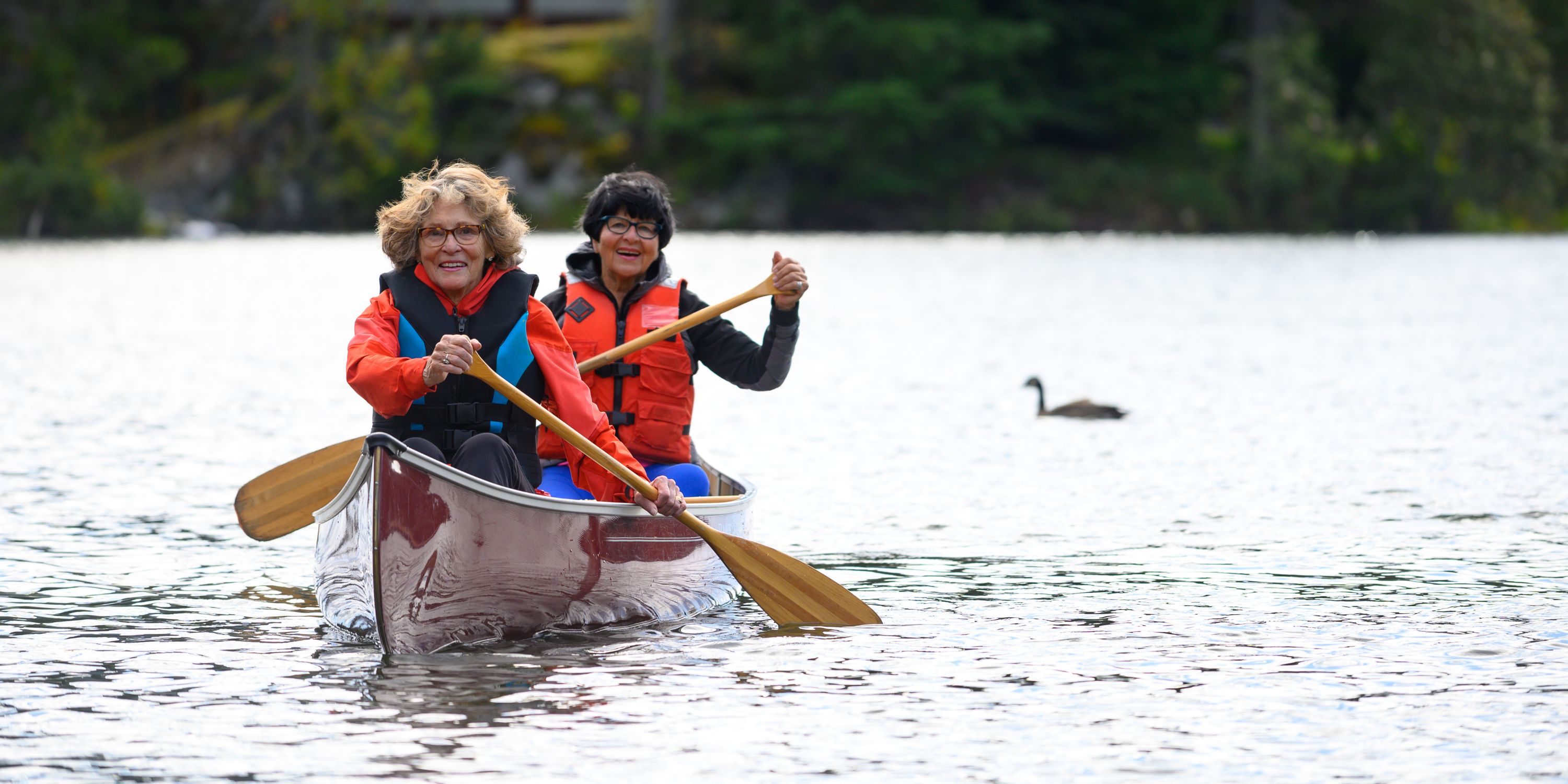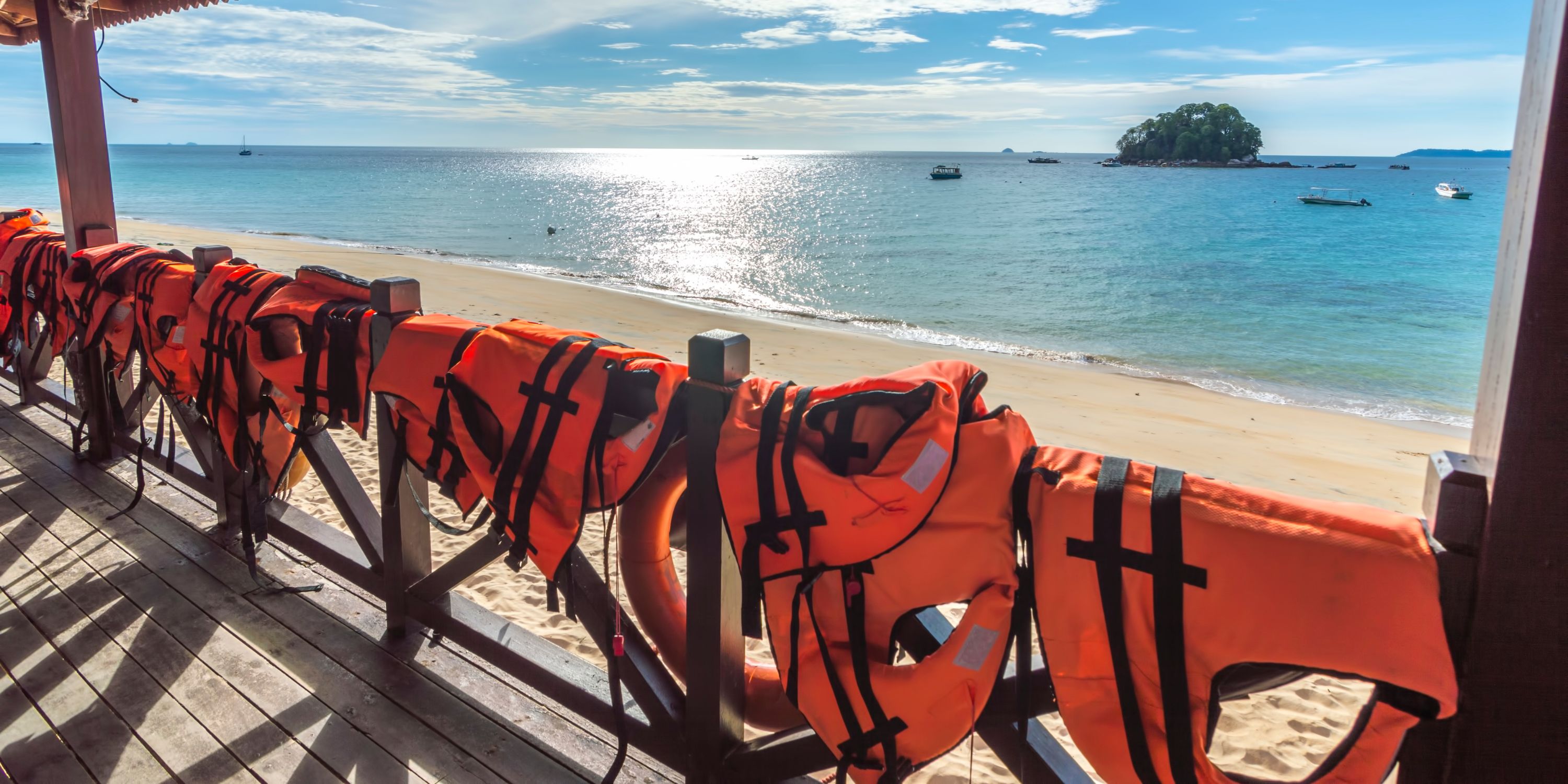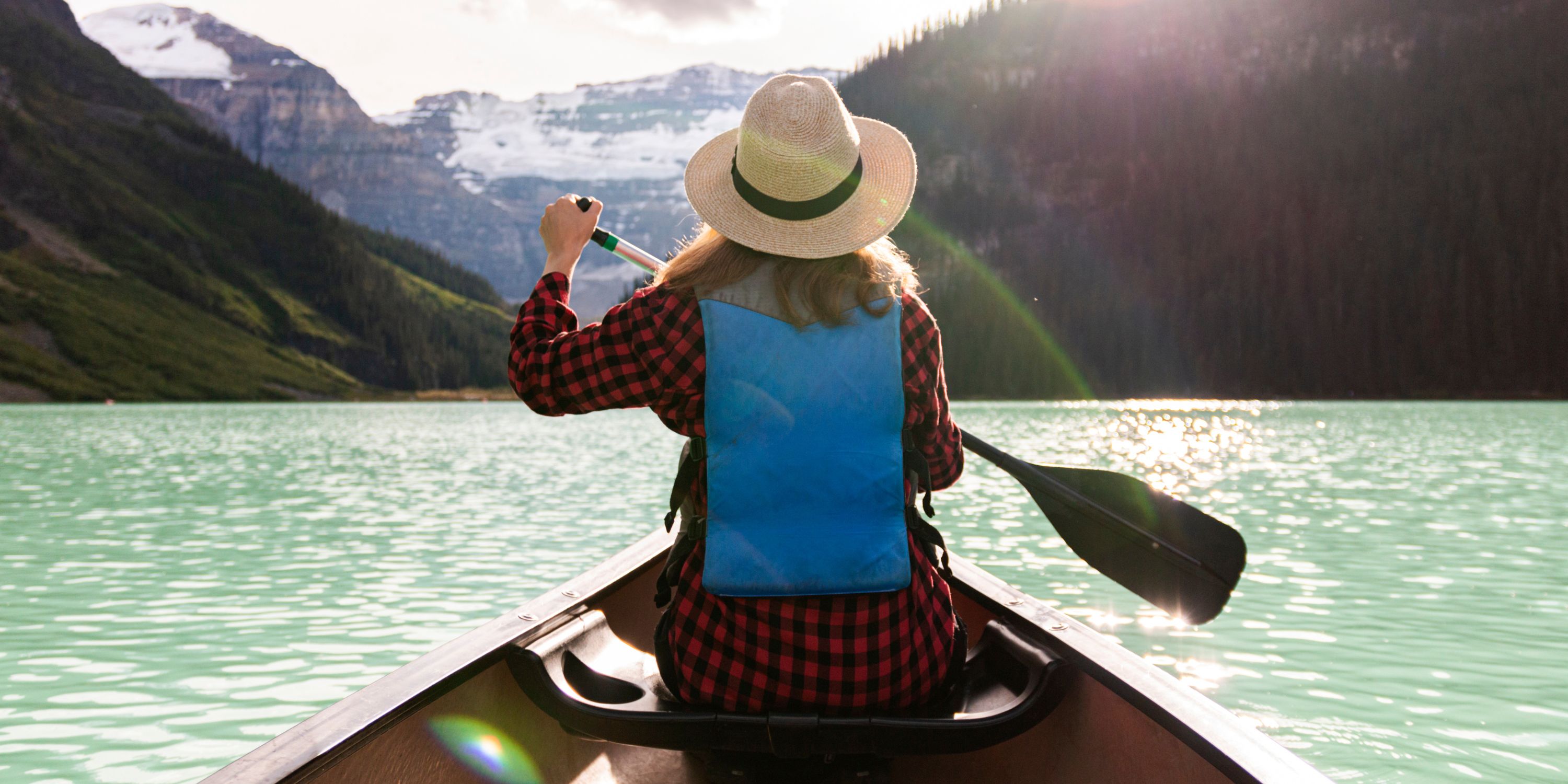Open-water canoeing is fun, challenging, and great exercise. It’s also one of the best ways to get up close and personal with nature while pushing your body to the limit and challenging yourself to get out of your safe space.
But like any outdoor sport, open-water canoeing requires preparedness, awareness, and respect for the environment. This is doubly true if you take on more advanced expeditions. Before you grab your paddle and sunscreen, you need to arm yourself with the skills and knowledge necessary to ensure your safety and enjoyment.
With that in mind, we’ve covered seven key skills every advanced open-water paddler needs, whether you’re hitting the water solo or in an all-women group.

1. Paddle Mastery
Paddle technique is a foundational element of advanced open-water canoeing. The way you use your paddle determines your level of control over your canoe as well as the amount of energy you expend.
Before you set your sights on ambitious open-water adventures, you need to make sure you understand how your paddling technique affects your movement through the water. The better your understanding of paddle technique, the greater your control over your movement will be. You won’t always have time to think about which stroke to use before you need to act. That’s why you need to practice your paddling! If you’re in a two-person canoe, you should practice with your paddle partner to find your rhythm.
Proper paddle technique helps conserve energy and prolong your endurance. Poor paddle technique will leave you aching and exhausted before you’ve even had a chance to enjoy yourself.
If you need help learning how to paddle, the American Canoe Association offers a variety of courses suitable for all skill levels. If you can’t attend a course, they also offer plenty of other useful resources you can learn about paddling from, including articles, infographics, and videos.
2. Physical and Mental Fitness
Advanced open-water canoe expeditions can last for several days. The physical endurance needed for trips of this length requires extreme physical fitness.
All the gear and knowledge in the world won’t help you if your body isn’t up to the task or you don't have the skill and ability to handle the unique challenges this activity provides. Training for the worst-case scenario can help you feel more at ease when challenging scenarios present themselves and give you more confidence in the water.
Trips of this nature also require mental fortitude, not just physical stamina. You must be able to maintain focus, alertness, and environmental awareness for long, exhausting periods of time.
Boredom, frustration, and discomfort will encroach on your inner peace, and you must be able to push through it. Practicing meditation and mental exercises in your free time can prepare you for this kind of challenge. It’s also a good idea to learn techniques that help you to stay calm under pressure and to mentally prepare for worst-case scenarios and how you will react. This will give you the mental fortitude to face any obstacles with a clear head and to stay safe while out on the water.
3. Portaging
Portaging requires you to carry your canoe over stretches of land. If you’re in a group, one person usually does this, with the other people in your party carrying the gear. However, you need to be skilled enough to carry everything on your own, too.
As simple as this may sound, there’s more strategy involved in portaging than you might think. Doing it successfully depends on knowing how to choose the best route, avoid natural hazards, and carry the weight of your gear and canoe without exhausting yourself.

4. Emergency Preparedness
No matter how experienced you are, you’re going to find yourself in a less-than-perfect situation every now and then. On the open water you need to be prepared, know how to react in an emergency, follow basic safety rules, and minimize any risks that may occur.
Firstly, you need to prepare for emergencies by always wearing a lifejacket or Personal Floatation Device (PFD). In 2023, the Coast Guard confirmed that nearly all people who died from drowning in open water were not wearing a PFD. Lifejackets should be non-negotiable when canoeing, no matter how shallow or calm the water is.
Secondly, you shouldn’t venture too far away from shore without knowing how to deal with a capsized canoe. Capsizing is no cause for worry when you’re just swimming distance from safety, but it can spell disaster if you’re on a long-distance trip in the open water. Getting underneath your canoe and rolling it back over will allow air to displace the water in the overturned canoe, making it easier to correct. This should be done calmly and quickly before currents or tides wash away your canoe.
Additionally, it’s a good idea to get used to cold-water immersion in case you fall overboard in low temperatures. This should help you overcome the initial shock quickly and preserve body heat. Floating on your back with your knees drawn up to your chest will slow how quickly warmth escapes from your body and will give you some time to delay the onset of hypothermia.
These are only the basics of emergency preparedness for open-water canoeing and should only serve as a foundation for your safety knowledge. You can never be too prepared for mishaps on the water.
5. Navigation
Advanced open-water canoeing often takes paddlers far out into isolated sections of the ocean and lakes. You may be too far from land to know where you are, and this heightens the chance that you’ll veer even further off course, which can be very dangerous.
Fortunately, access to advanced GPS technology has made navigation on both land and water much easier. However, you should always have a backup plan. Keeping a map and compass and practicing the skills to use them is never a bad idea.
6. Reading Your Environment
Nature is beautiful, but it can also be brutal. Experienced canoeists know how quickly a situation can flip from calm to chaos on open water. On open water, you need to constantly monitor the weather, the water, and other environmental markers like overhanging or submerged tree trunks and branches, other canoes or boats, and marine life or snakes.
Moreover, you need to be able to read nature's signs so that you can tell when an environmental change is approaching. Being caught in a sudden rainstorm or heavy winds can be dangerous, as it can affect everything from the tides to the water level of a lake or river.
7. Teamwork
When you’re on the water with a partner or your girl group, communication and cooperation are essential. Fortunately, studies reveal that women are better communicators than men, especially during a crisis, so we have a natural advantage!
Your team needs to act as one when you’re on the water. A team that fails to communicate clearly or cooperate seamlessly will inevitably endanger themselves and, perhaps, others. Before you set out, everyone needs to have their roles explicitly stated and understood. This will ensure there’s no room for miscommunication.

Stay Safe on The Water
Open water canoeing can be an amazing experience on your own or with a team of your best gal pals. Being aware of the risks is important, but don’t let them put you off. Using these skills, you can prepare yourself to paddle out and enjoy the adventure of a lifetime.



